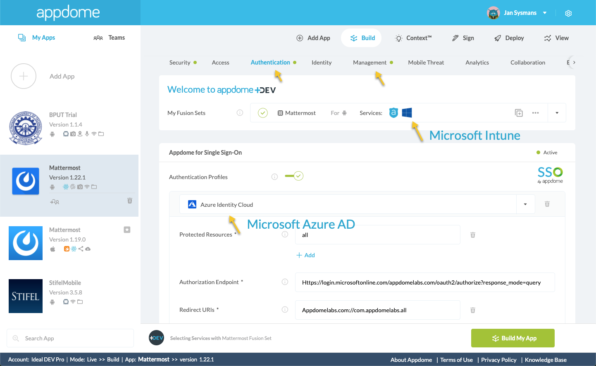Mobile SDK integration is designed to reduce the development burden required to implement services. They aid enterprises in adding desired capabilities and features to apps, without having to develop them internally. For this very reason, mobile app developers prefer SDKs as they serve as ‘building blocks’ for connecting apps to mobile services during the development cycle. But once the app has been compiled, SDK integration usually requires modification of the source code. And that’s the “no fun” part of a developer’s job.
Before an SDK can be used, a developer must manually gain access to the SDK and its documentation. Sometimes this could take a long time while the developer tracks down who in the SDK vendor’s organization has the correct and most updated version of the documentation. Then comes the detailed studying of the SDK, its commands, events, etc. Because mobile SDK integration is no easy feat, it could literally take months. Once the SDK implementation is completed, the app will undergo testing or QA cycle to make sure it works as it is intended. If not, bugs will need to be fixed before the app can be launched. (Remember, we are only talking about a single app here.)
The developer will need to establish a separate build-release-QA cycle for every release of the SDK, OS, and app that implements the SDK. A developer’s work is NEVER finished. Because after all the hard work and just when he or she thinks that the end is near, it is only to learn that the SDK vendor has issued a new release.
It is no wonder that as an enterprise app usage grows, the investment dedicated to mobile SDK integration teams can become very costly. Every new or updated app, across different platforms, running on different frameworks, will create a new integration effort, a new build, etc. Versions of each app will need to be managed separately and simultaneously. Not only will mobile SDK integration become more difficult, the amount of resources involved like time, people, testing cycles, etc. intensifies.
Not to mention that in today’s mobile world, it is very common to integrate more than one SDK to an app. We have become so advanced in our technology and service categories, that SDKs are sprouting up as consumer app categories like All-in-One Mobile App Security, Biometric Security, and Threat Defense and enterprise app categories like Zero Management Security, Enterprise Authentication and SSO, and UEM, EMM and MAM SDKs.
Compare mobile SDK integration with the rising trend or usage in mobile and the emergence of the integrated mobile experience, SDKs now become the Achilles heel in mobile strategies. Integrating SDK at source code level is simply taking too long. Without the ability to integrate multiple SDKs in parallel for different mobile apps, SDKs become the bottleneck.
It is critical for enterprises to choose a platform like Appdome to enable the integration of multiple SDKs to a single app as demonstrated by the below example. In it we’re building a new secure version of the Mattermost for Android app by adding the Microsoft Intune App SDK and Azure AD, in minutes, without code or coding.

Get started with Appdome today. Create your free account and let us know what mobile SDK Integration you’re looking for./






